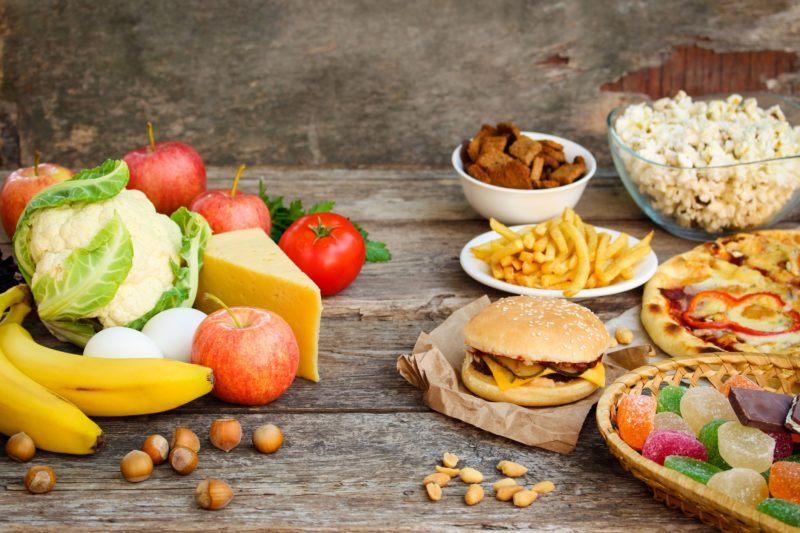Co-authors Nicolette Sullivan, now Assistant Professor of Marketing at the London School of Economics and Political Science, and Scott Huettel, Professor of Psychology and Neuroscience, began the study when Sullivan was a postdoctoral associate at Duke. They recruited 79 young adults with a median age of 24.4 years. Participants were asked to fast for four hours before the experiment, to ensure that they arrived hungry. They were then asked to rate snack foods on their tastiness, healthfulness, and desirability. After that, they were presented with pairs of foods and asked to choose between them, while the researchers timed their choices.
The findings: Participants took around 400 milliseconds on average to incorporate taste information—and twice as long to incorporate health information.
Related: Survey: 61% of Americans Have Faced Food Insecurity IRI: COVID-19 Still Drives Consumer Attitudes; Value Fuels Decision-Making Omega-3 Index, Smoking Equal Predictors of CVD
"Not every decision is made quickly—house purchases, going to college—people take time to make those choices," Huettel said in a press release. "But many decisions we make in the world are fast—people reach for something in the grocery store or click on something online. For many individuals, health information enters the decision process too late (relative to taste information) to drive choices toward the healthier option. We spend billions of dollars every year on diet products, yet most people fail when they attempt to diet. Taste seems to have an advantage that sets us up for failure."Sullivan added: "We've always assumed people make unhealthy choices because that's their preference or because they aren't good at self-control. It turns out it's not just a matter of self-control. Health is slower for your brain to estimate—it takes longer for you to include that information into the process of choosing between options."
There were other factors, however. Half the participants received a blurb before the experiment, stressing the importance of eating healthy; these participants were less likely to choose an unhealthy snack. And when participants took longer to consider their options, they tended to pick healthier ones.
"There may be ways to set up environments so people have an easier time making healthy choices," Huettel said. "You want to make it easy for people to think about the healthfulness of foods, which would help nudge people toward better decisions."










